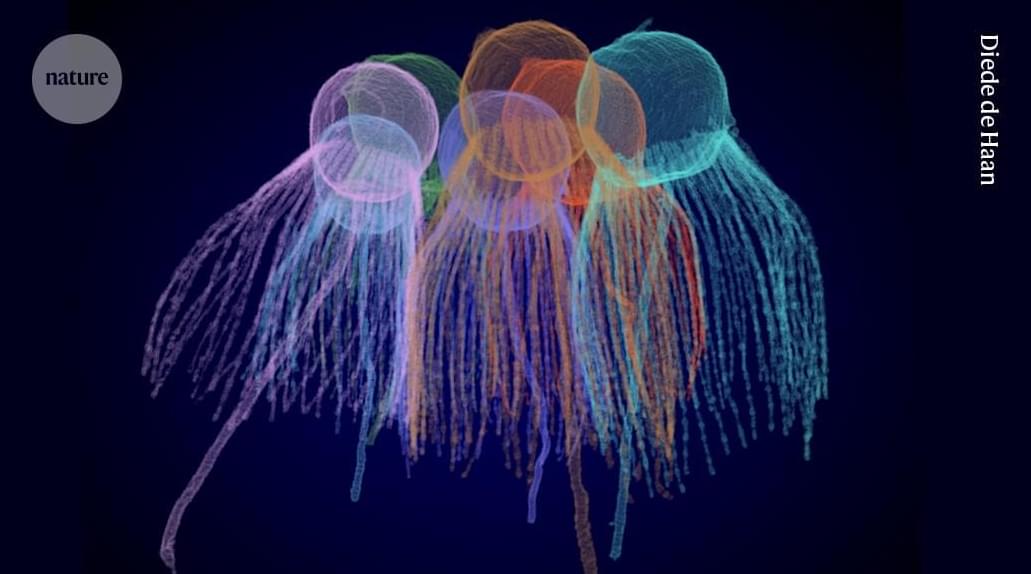Instruo Pocket Scion is a new pocket-sized digital Synthesizer that is controlled by your plants and mushrooms.




Could the hypothesized Second Law of Infodynamics finally deliver the ‘smoking gun’ evidence?

Few ideas in modern science have reshaped our understanding of reality more profoundly than space-time: the interwoven fabric of space and time at the heart of Albert Einstein’s theory of relativity.
Space-time is frequently described as the fabric of reality. In some accounts, this fabric is referred to as a fixed, four-dimensional block universe, a complete map of all events, past, present and future.
In others, it’s a dynamic field that bends and curves in response to gravity. But what does it really mean to say that space-time exists? What kind of thing is it? Is space-time structure, substance or metaphor?


Saudi find may reveal how humans harnessed early dogs to survive

